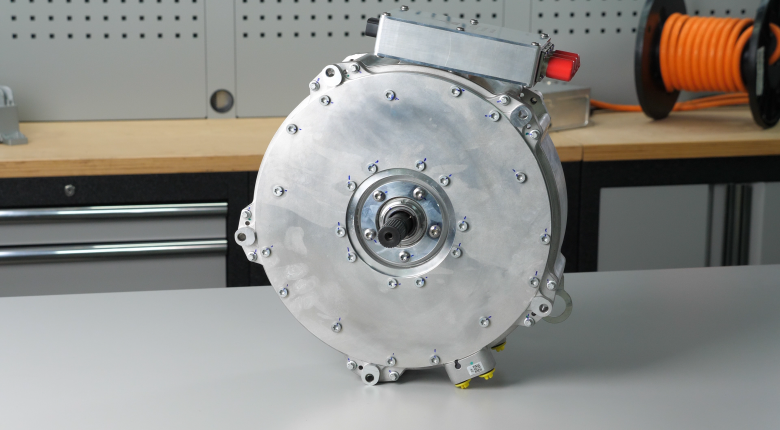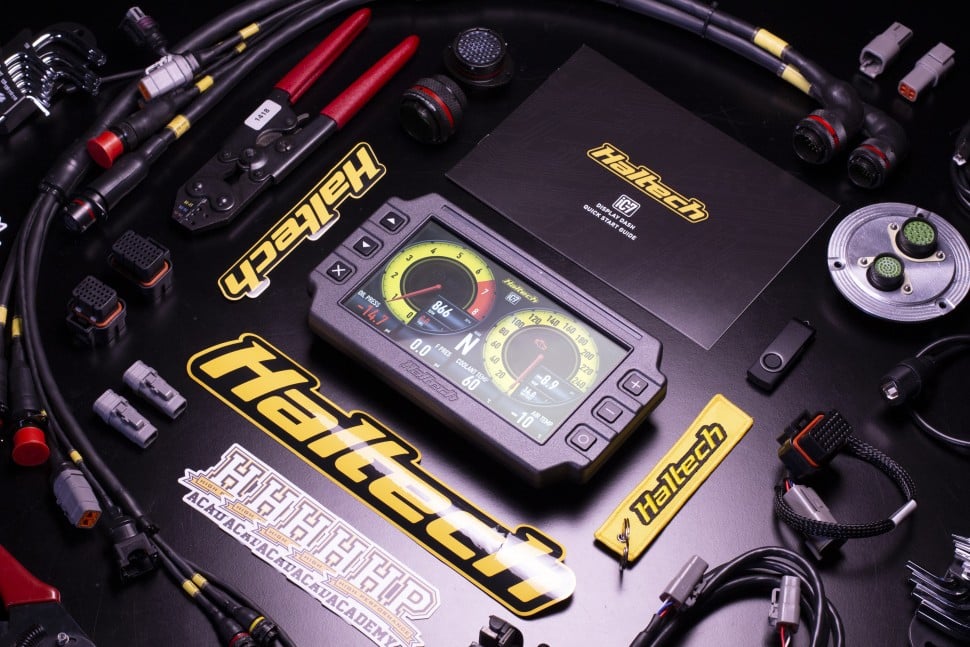Electric motors have come a long way in a very short amount of time! Right now it's generally the battery that's a limiting factor with a range of 1000hp+ equivalent offering making it to the production line, much to the embarrassment of some modern internal combustion engine powered (ICE) options.
Just like ICE offerings, EVs and their powerful motors have advantages and disadvantages. In this module, taken from the EV Tuning course, tutor Sasha Anis runs us through some of the basic mechanics and configurations of some motors on the market today, including radial vs. axial flux motors and their potential torque vectoring options.
If you want to know how EV motors work or EV motors are made/go together, we hope you enjoy this lesson.
------------------------------------
TIME STAMPS:
0:00 - EV Motors
0:13 - Development
0:27 - EV Limitations
0:37 - EV Vs ICE Power Delivery
0:54 - Peak Power
1:06 - Gear Reductions
1:16 - Permanent Magnet and Induction EV Motors
1:31 - The More You Know, The Faster You Go
1:51 - EV Motor Breakdown
1:57 - Stator
2:17 - Rotor
2:30 - Radial Flux Rotor
2:58 - Axial Flux Rotor
3:21 - Magnetic Field Positioning
3:39 - Design Compromises
3:50 - Base Speed
4:00 - Constant Power Region
4:10 - Below Base Speed
4:25 - Inverters Covered Separately
4:37 - EV Final Drive
5:13 - Torque Vectoring
5:34 - Lesson Recap







Comments
- Mansour9 United Arab Emirates
5 months ago
No one has commented on this page yet.